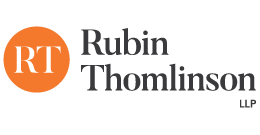Neurodivergent interviewees: Tips for conducting fair and thorough investigations
Investigators typically follow the same process in every investigation. We gather evidence, usually through interviews, we use that evidence to make factual findings, and we analyse those findings to determine whether a breach of policy has occurred.




